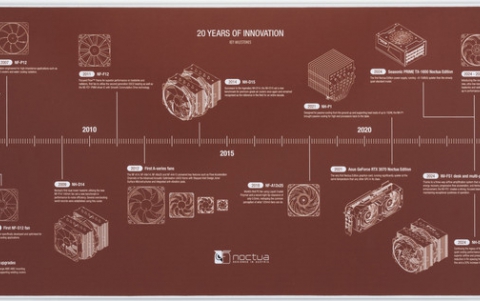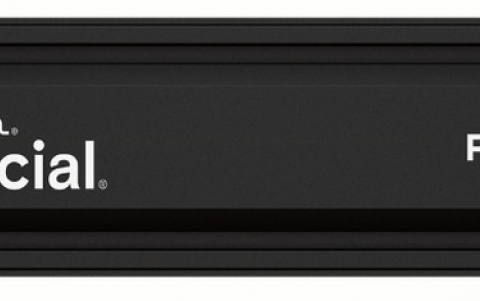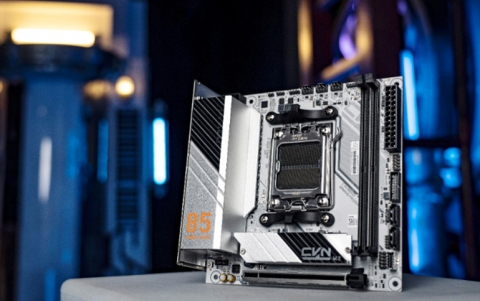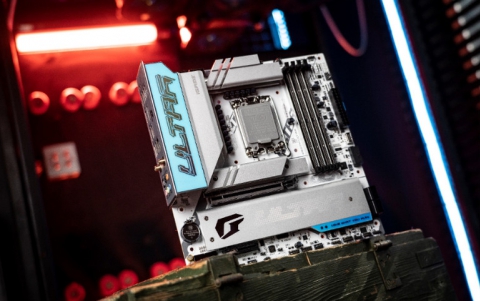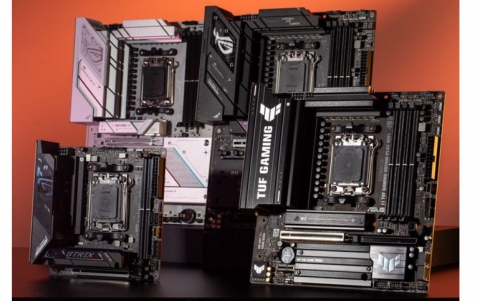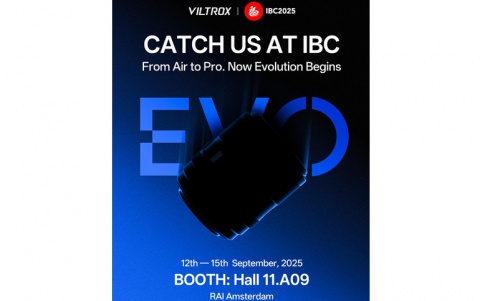Aopen XRecorder
5. Working with the software
Review Pages
2. Main Chipset
3. Inputs / Outputs
4. Software Features
5. Working with the software
6. Final words
AOpen XRecorder VX2000 - Page 5
Working with the software
The quality of the video capture is dependent on whether you’re using USB1.1, or 2.0. For USB 1.1 only systems, the USB port’s available bandwidth is only 4Mbps, while hooking up to a USB 2.0 port will provide 15Mbps. Keeping in mind that around 10.08Mbps is the bandwidth that DVD movies use, you will see that there is a bandwidth problem when the device is connected to a USB1.1 system. In fact, during our tests we tried connecting the unit using both USB1.1 and USB 2.0 ports.
Before proceeding to capture any video, we configured the capture quality. The available choices are illustrated in the screenshot below which shows the preset values. In addition to these, the program allows the user to manually configure his/her own video capture quality.
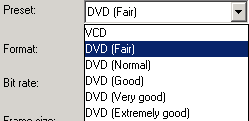
We connected the X-Recorder to a home DVD player (S-video connection) in order to capture a DVD movie. We used the S-video cable that came with the X-Recorder and used both USB 1.0 and USB 2.0 connections to run the tests twice. We then launched Video@Home. The first step is to choose S-Video as the input source. The software, without any further configuration, recognized the input signal and the movie played in Video@Home's window.
We used the same video snippet and proceeded to record and store a file for each of the available preset recording quality levels. The duration of the test snippet was 30 seconds. The results are given in the table below.
Preset
Quality
|
Video
Size
|
BitRate
|
|
DVD
(Extremely good)
|
36.7mb
|
Video
9.79MBps
|
Audio
224Kbps
|
DVD
(Very good)
|
27.6mb
|
Video
8.19MBps
|
Audio
224Kbps
|
DVD
(Good)
|
22.3mb
|
Video
6.14MBps
|
Audio
224Kbps
|
DVD
(Normal)
|
11.0mb
|
Video
2.27MBps
|
Audio
224Kbps
|
DVD
(Fair)
|
7.56mb
|
Video
1.47MBps
|
Audio
224Kbps
|
VCD
|
3.07mb
|
Video
8.19MBps
|
Audio
224Kbps
|
As would be expected, the resultant output video file sizes correspond to the selected BitRate used for video capture.
When using USB1.1 the quality of the image is not very good and we noticed the classic MPEG2 video artefacts (blocking, mosquito noise). This was apparent especially on fast moving scenes, or when the source video is noisy, or when the TV signal is poor (due to bad reception for example). Also the performance of Video@Home software was quite jumpy when a USB1.1 connection was used. Quite a number of times the application would crash or would become unresponsive.
Connecting the box using a USB2.0 connection did not seem to suffer from the problems described above. In this case, when viewed with the naked eye, there were no visible differences from the DVD (Extremely good) to the DVD (Good), while the VCD preset gave us a fair picture.
Overall, the quality of the captured image is very good depending a great amount on the quality of the video signal. For example, when capturing video from live television and the signal is coming from an aerial TV antenna, it is understandable that reception quality cannot always be consistent. The software offers many options for adjusting the quality of the capture, either using the offered presets (VCD/SVCD/DVD/Custom) or manually adjusting the level of the compression the hardware encoder uses.
Another fact that might seem strange is that the unit does not allow capturing a raw DV25 AVI over the USB 2.0 connection. As all the other signals from the rest of the inputs, the FireWire connection is passed through the Cirrus Logic chipset. This means the output will always be MPEG-based, regardless of the original source.
As far as watching TV goes, the AOpen VX2000 performs quite well. The image quality is good, comparing both with a TV and a Pinnacle PCTV Pro fed with the same signal. With the use of the bundled remote control you can use it in the same way as a TV, even begin recording a show you’re watching at the moment. It supports channels transmitting in stereo as well.
A feature that we would like to see but was not offered by the software was the ability to fine tune the frequency of the channels, or even enter manually the frequency of a TV station. If you have cable TV, probably you’ll never need this, but for us who still get TV through the air, it is something quite useful and can help adjust the quality of the received image for every channel. But these are more limitations of the bundled software than of the box’s itself.
Also during installation the software will ask you about what country you live to adjust the TV system (PAL/SECAM/NTSCS) and whether you have cable TV or TV through an aerial antenna. The list of countries is far from complete, so if you can’t find yours, just try a country close to you. In our case, there wasn’t any option for Greece, but the settings for Germany worked as well.
Third party software support for the tuner is a bit of an issue as well. We tried to operate the box using the latest version of Dscaler, but the program would refuse to initialize it. Most probably was a driver issue. So it seems that for the moment, you’re pretty stuck to using the bundled software to control the box’s functions. This may be ok for the majority of users, but for the ones that want to use the box in a more advanced way this may prove to be a setback. Let’s just hope that third party software developers will support it, and Aopen will produce drivers that will address the incompatibility issues.
Review Pages
2. Main Chipset
3. Inputs / Outputs
4. Software Features
5. Working with the software
6. Final words

